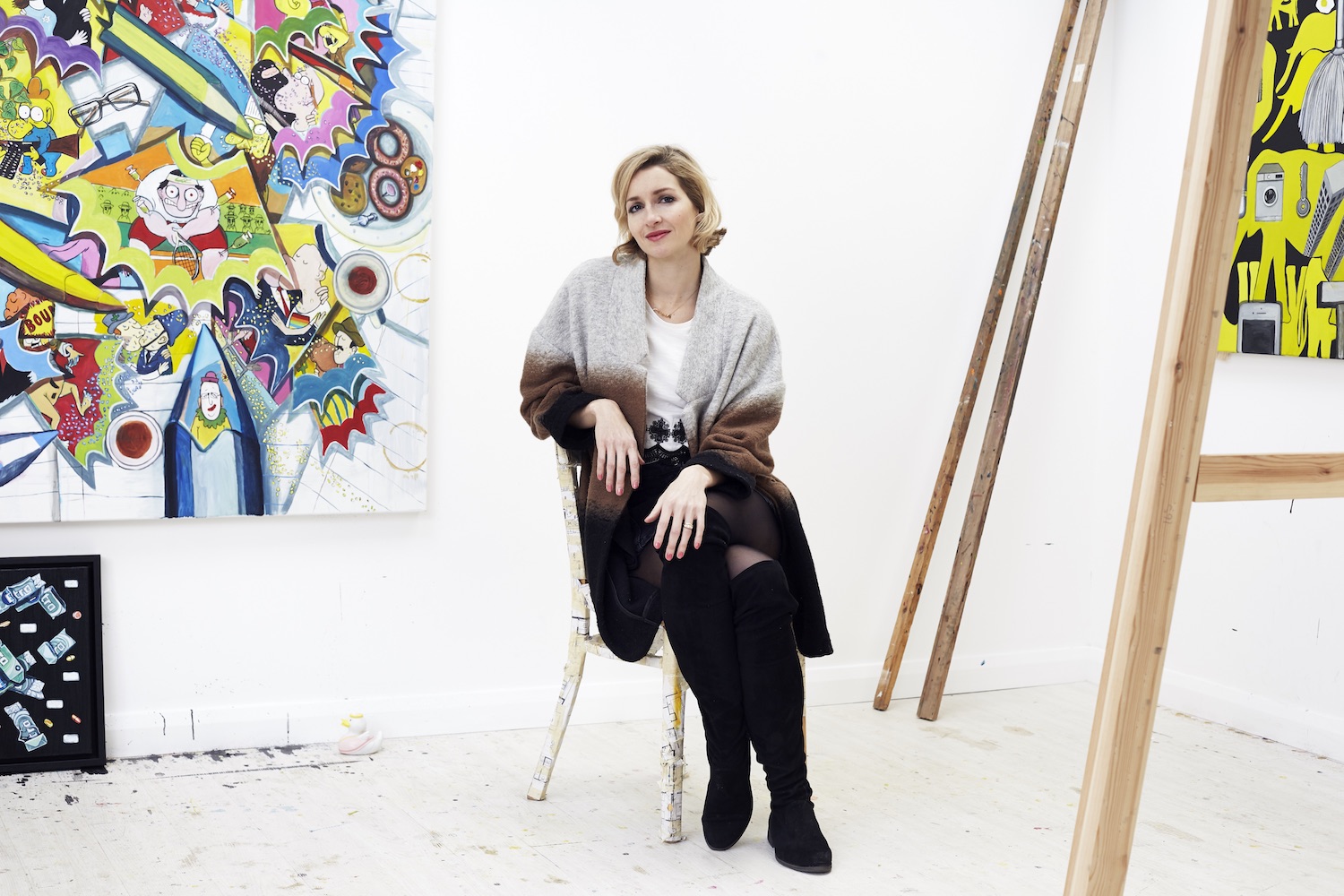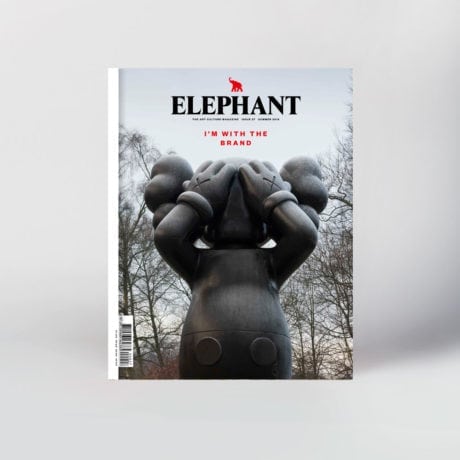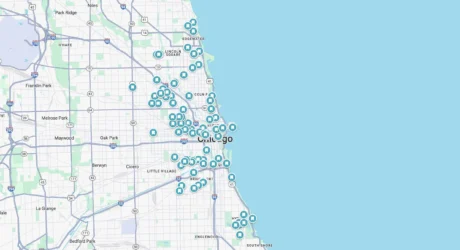
How did you get started as an artist?
I actually came to it late. I have some family in Mexico and my uncle told me that Oaxaca is where all the artists come from, and if I wanted to be an artist I should do it there. I went to Mexico not really speaking Spanish and found this amazing Japanese painter—whose style is more Mexican than the Mexicans’—who let me start a course straight away. I was at Universidad de Bellas Artes studying fine art, but it was quite casual. At the end of that year I applied to Saint Martins.
There does seem to be quite a Mexican aesthetic to your work. Do you feel a lot of that was picked up in Oaxaca?
It must have sunk in, through when I was in Mexico I used a lot of grey in my palette and they called me “the London girl”, with the rain. I used no terracotta colours, it was all grey and blue. When I came back, things like the Day of the Dead started to have a big influence on me. It’s such a rich country with such a rich history.
“People kept asking why I would even touch a subject like this, but I think that problem arises when people are too scared to speak”
Last year showed I think therefore I # at Kristin Hjellegjerde Gallery, influenced by the Charlie Hebdo shootings and the social media response. What made you want to explore this?
I’ve always looked at social issues, mainly environmental or feminist issues, they always seep into my work. I think therefore I # was the first show where I used hashtags, where I was really thinking about the impact of social media on me. I was one of those people who came to social media as late as possible, I think I was one of the last people I know to get a computer. But last year I got so involved. When [the attack on] Charlie Hebdo happened I was horrified by the story—well it wasn’t a story, it was a true life event that happened, and it’s easy to forget that—and everyone had an opinion on it. I didn’t know what Charlie Hebdo was, so I thought: let’s start on a basic level of looking at what this subject is.

Do you feel nervous about subject matter like this, which is so loaded—especially taking such a brutal gaudy look at it?
People kept asking why I would even touch a subject like this, but I think that problem arises when people are too scared to speak. I am a big believer in freedom of speech, even if it comes with responsibilities. Europe is such a great place to live because we have fought for and won these freedoms. They’ve come through open-minded debate and open discussion and we need to keep them. Do I like Charlie Hebdo? Not particularly. But working with it I have the ability to edit. Anything about the Prophet Mohammad I swiftly omitted.
When the show opened you mentioned that social media should be opening up many different avenues of thought and discussion, when actually it does the opposite.
Social media is a bit of a lie, the whole thing is curated and selected by ourselves and we aren’t even honest about the way that we present ourselves. We’re all aware of that by now, although it is still easy to get stuck into that. Since my show I was looking at all of these events and I was really interested in the ones that swept through social media, like the Boko Haram kidnappings and subsequent #bringbackourgirls campaign. The way I paint is so slow that by the time I have worked through a painting the event is already forgotten. So then it becomes that I am taking work on in a different way, it becomes contemplative.

There is a “car crash” element to the work which feels like a moral stance. Do you want your paintings to spark action in viewers, or is it more about highlighting social behaviour?
I hope for that, but I honestly don’t know how effective that is. My work has always been about issues that matter to me and on some level I’m sure I am hoping that it’ll make people think about the issue and feel the same, even if that is just a shared compassion for something. But you never really know how it will be interpreted and a lot of the time that people come to see a show they don’t read the piece of paper, they see it at face value and they might see something totally different. In the Boko Haram painting I am no one, a lot of people probably don’t even see the uterus shape, they might see a bull’s head or just the pencils, and that’s OK.
This feature originally appeared in issue 27
BUY ISSUE 27





